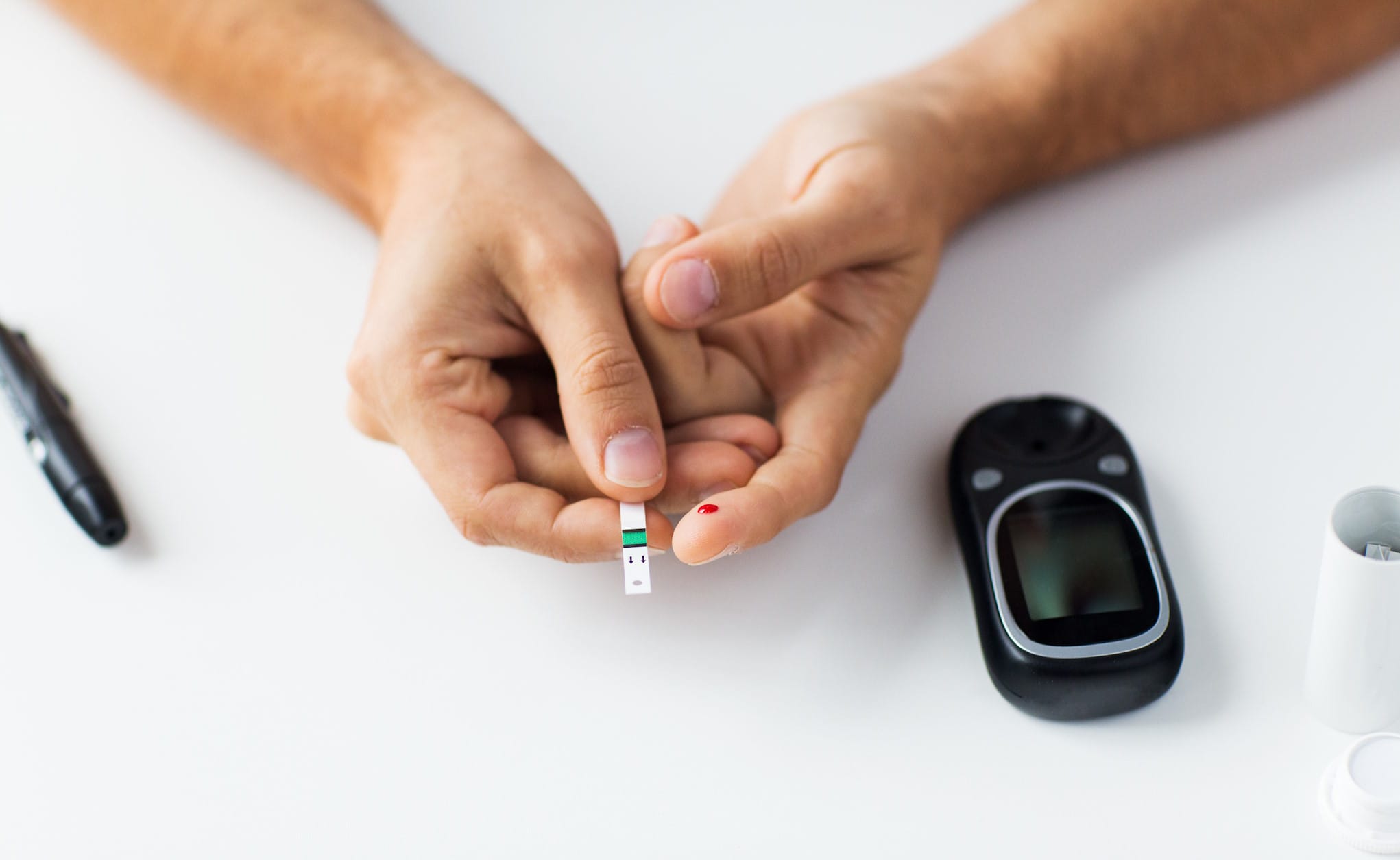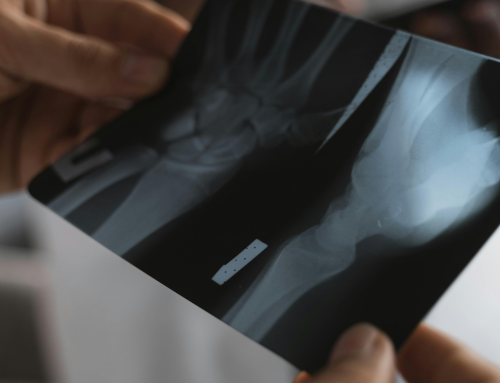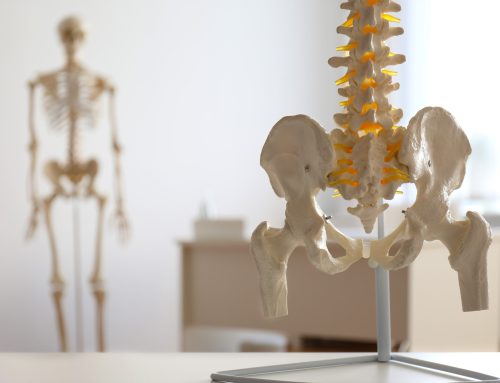Diabetes is more than just a blood sugar issue. This condition can significantly impact one’s overall health, including bone health and the body’s ability to heal after a fracture. In Canada, around 3.5 million people live with diabetes, a figure that underscores the prevalence and importance of understanding how this disease affects various bodily functions, including bone healing. This blog post will explore the intricate relationship between diabetes and fracture healing, highlighting the challenges and offering practical solutions for managing this complex process.

The Impact of Diabetes on Bone Health
Increased Risk of Fractures in People with Diabetes
Diabetes, particularly Type 1, can lead to reduced bone density, a condition known as osteopenia or osteoporosis. High blood sugar levels negatively affect bone strength, making them more susceptible to fractures. Studies have shown that individuals with diabetes, especially those with poor glycemic control, are at a higher risk of fractures compared to those without diabetes.
Statistics indicate that people with diabetes have up to a 30% increased risk of fractures. This is due to a combination of factors, including reduced bone mineral density and structural changes in the bone matrix. Understanding these risks is crucial for those managing both diabetes and bone health.
Slow Bone Healing in Diabetic Patients
One of the major challenges faced by diabetic patients is the slow healing of fractures. Impaired circulation and reduced blood flow are significant contributors to this problem. Elevated blood glucose levels can hamper cell function and disrupt bone remodelling, resulting in prolonged healing times.
Additionally, inflammation and oxidative stress are known to be higher in individuals with diabetes, further complicating the healing process. These factors combined make it essential for diabetic patients to adopt specific strategies to support bone healing.
Challenges Diabetic Patients Face in Fracture Recovery
Impaired Collagen Production
Collagen is a vital protein for bone healing, playing a pivotal role in the early stages of fracture repair. However, diabetes can impair collagen production, leading to weaker bones and slower recovery times. The reduced ability to produce and repair collagen means that fractures take longer to heal and are more likely to result in complications.
Risk of Infection
People with diabetes are more susceptible to infections at the fracture site due to an impaired immune response and reduced circulation. This adds another layer of complexity to the healing process, as managing wound care and infections becomes critical to recovery. Proper wound care and monitoring for signs of infection are essential for ensuring a smooth healing process.
Neuropathy and Reduced Sensation
Diabetic neuropathy, a common complication of diabetes, can impact the ability to detect fractures early and respond to pain. Reduced sensation means that fractures may not be noticed immediately, leading to delayed treatment and potential complications in healing. This underscores the importance of regular check-ups and monitoring for diabetic patients, especially those with neuropathy.
Solutions to Support Fracture Healing in Diabetic Patients
Managing Blood Sugar Levels
Strict glycemic control is paramount for supporting better healing outcomes. Maintaining balanced blood glucose levels helps prevent complications like infections and poor circulation, which can impede healing. Diabetic patients should work closely with their healthcare providers to monitor and manage their blood sugar levels effectively.
Adequate Nutrition and Supplements
A nutrient-rich diet is essential for improving bone health. Focus on calcium, vitamin D, and protein-rich foods to support bone formation and repair. Supplements like vitamin C for collagen synthesis and zinc for immune support can also be beneficial in promoting faster and more effective healing.
Low-Intensity Pulsed Ultrasound (LIPUS) Technology
LIPUS technology, such as the Melmak device, has been shown to accelerate bone healing in diabetic patients. This non-invasive treatment stimulates cell activity and improves blood flow at the fracture site, promoting faster recovery. With just 20 minutes of daily use, the Melmak LIPUS device can significantly enhance the healing process for fresh, delayed, and non-union fractures.
Infection Prevention and Wound Care
Effective wound care strategies are crucial in reducing infection risks. Keeping the fracture site clean and using prescribed antibiotics when necessary can help prevent infections. Regular check-ups with healthcare providers to monitor healing progress and address any complications promptly are also essential.
Exercise and Rehabilitation Considerations
Importance of Physical Therapy
Engaging in physical therapy is important for maintaining mobility without overstraining the healing bone. Exercises that promote circulation and overall bone health should be incorporated into the recovery plan to ensure they do not risk further injury. A tailored physical therapy program can help diabetic patients recover more effectively while minimizing the risk of complications.
Monitoring for Complications
Close monitoring of fractures in diabetic patients is necessary to detect complications early, such as nonunion or malunion. Regular imaging, such as bone scans or X-rays can ensure proper fracture healing and allow for timely interventions if issues arise. Diabetic patients should maintain open communication with their healthcare providers to address any concerns during recovery.
Diabetic patients face unique challenges when it comes to fracture healing, including slower recovery times and increased risks of complications. However, with an integrated approach that includes strict blood sugar management, proper nutrition, advanced therapies like LIPUS, and physical therapy, diabetic patients can improve their healing outcomes. It is crucial for diabetic patients to work closely with their healthcare providers to develop personalized recovery plans that address their specific needs and conditions.
Exploring advanced treatment options like the Melmak LIPUS device can be a game-changer for those interested in accelerating their fracture healing process. By leveraging the power of modern technology and adopting a comprehensive approach to fracture care, diabetic patients can achieve better, faster recovery and improve their overall quality of life. Contact Fracture Healing to learn more.
What surprised you about the link betwen diabetes and fracture healing? What is your favourite way to include collagen in your diet? Share your thoughts with our readers in the comments below.





